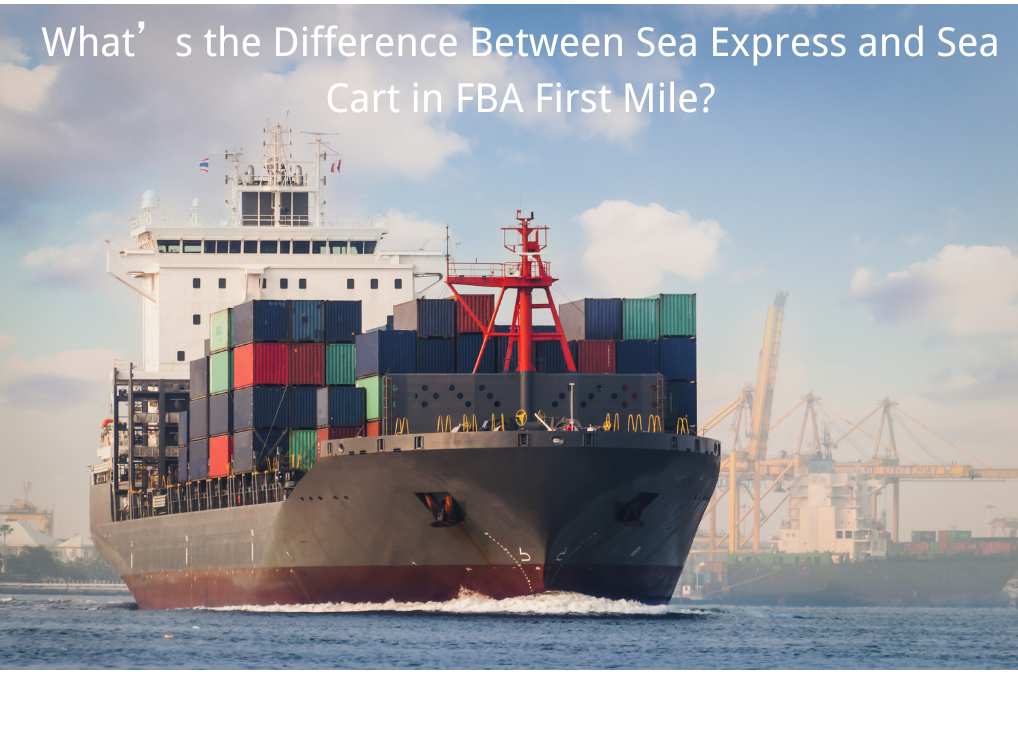FBA LCL Quote
FBA 40HQ FCL Quote
Decoding Shipping Container Weights: Comparing 20-Foot, 40-Foot, and High-Cube Options
Understanding the weight of shipping containers is essential for safe and efficient transportation of goods. Containers vary in weight depending on their size and type. This article outlines the typical weights of the most common containers: 20-foot standard, 40-foot standard, and 40-foot high-cube containers.
20-Foot Shipping Container
A 20-foot shipping container is a staple in global trade due to its versatility and compact size. On average, an empty 20-foot container weighs between 1.8 to 2.2 metric tons, which is approximately 3,970 to 4,850 pounds. More precise figures suggest that a standard 20-foot container weighs around 2,230 kilograms, or 4,916 pounds, when empty. This weight accounts for the container's structure, including its doors and fixtures.
40-Foot Shipping Container
The 40-foot shipping container is another widely used type, primarily due to its higher capacity compared to the 20-foot container. An empty 40-foot container typically weighs between 3.8 to 4.2 metric tons, equating to approximately 8,340 to 9,260 pounds. Some sources provide a more narrowed range, indicating that the tare weight of a 40-foot container can range from 3,490 to 3,980 kilograms, or 7,700 to 8,775 pounds.
40-Foot High Cube Container
For cargo that requires additional height, the 40-foot high cube container is an ideal choice. These containers are slightly taller, leading to an increase in weight. Generally, a 40-foot high cube container weighs about 3.9 metric tons, or 3,900 kilograms, equating to 8,598 pounds. The increased weight is a result of the additional metal used in the container's construction to accommodate the extra height.
What Is Tare Weight?
Tare weight, also known as tare mass or simply tare, is a critical metric in various industries, particularly in shipping and logistics. It refers to the weight of an empty container or packaging material without the goods inside. Understanding tare weight is crucial for accurate weight calculations and regulatory compliance.
Definition and Importance
Tare weight is the measure of a container's empty weight and is essential for determining the net weight of the contents within the container by subtracting the tare weight from the gross weight. In the context of a shipping container, for example, tare weight includes the structure, fixtures, and any non-removable components but excludes the cargo.
Application in Shipping
In shipping, tare weight allows for the calculation of the net weight of the cargo, which is vital for billing, inventory management, and compliance with transportation regulations. The net weight is calculated as follows:
\[ \text{Net Weight} = \text{Gross Weight} - \text{Tare Weight} \]
Where:
- Gross Weight includes the combined weight of the container and its contents (cargo).
- Net Weight is the weight of the cargo alone without the container.
Accurate tare weight measurements are necessary to ensure that the total weight does not exceed the legal limits set by regulatory bodies such as the International Maritime Organization (IMO). This helps in preventing overloading, which could compromise safety and lead to penalties or shipment delays.
Examples of Tare Weight Usage
1. Maritime Containers: A 20-foot standard shipping container typically has a tare weight of around 2.2 metric tons, while a 40-foot standard container has a tare weight of about 3.8 metric tons.
2. Vehicles: In the transportation industry, the tare weight of a vehicle refers to its weight without any cargo or passengers. This is crucial for calculating payload capacity and ensuring that vehicles comply with road weight limits.
3. Packaging: In the retail industry, tare weight is used to determine the net weight of products. For instance, a tin of beans might list the net weight as 400 grams, which excludes the weight of the tin itself.
Regulatory Compliance
Tare weight is an important factor in complying with international shipping regulations. For instance, under the SOLAS (Safety of Life at Sea) regulations, shippers must verify and provide the Verified Gross Mass (VGM) of packed containers before loading them onto ships . The VGM includes the tare weight of the container plus the weight of the cargo, ensuring that ships are safely loaded.
Conclusion
The weight of common shipping containers varies by size and type: a 20-foot container weighs between 1.8 to 2.2 metric tons, a 40-foot container weighs 3.8 to 4.2 metric tons, and a 40-foot high cube container weighs around 3.9 metric tons. Understanding these weights is indispensable for safe shipping practices and regulatory compliance.
By keeping these details in mind, shippers can ensure they optimize their loads while adhering to safety standards and regulations, thereby minimizing risks and enhancing the efficiency of their logistics operations.



